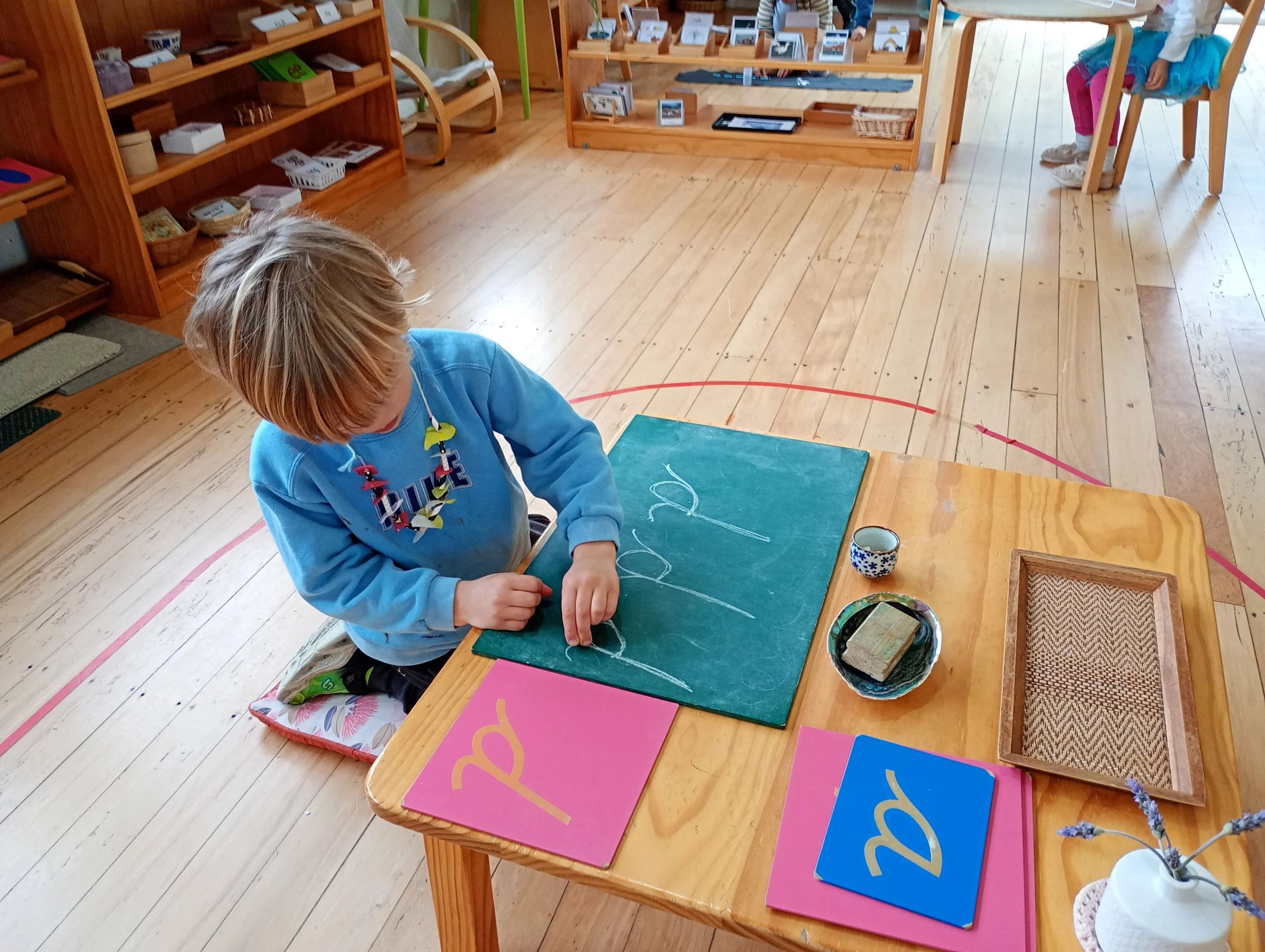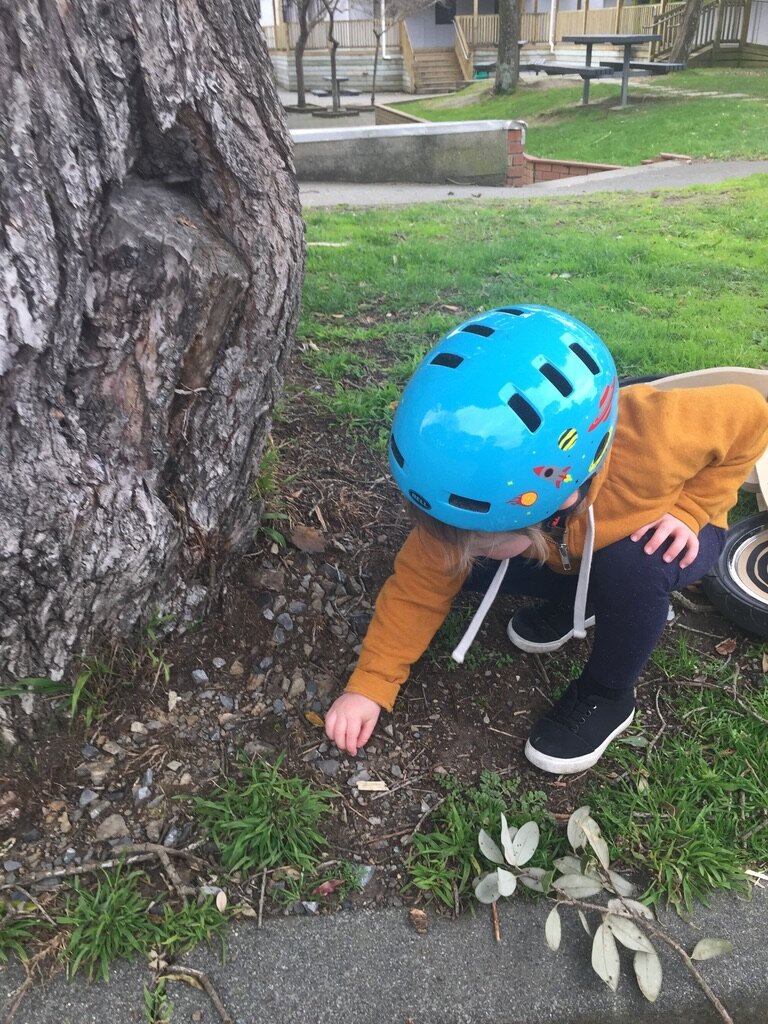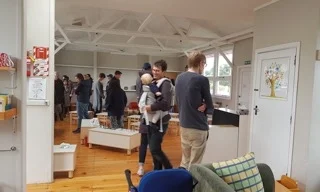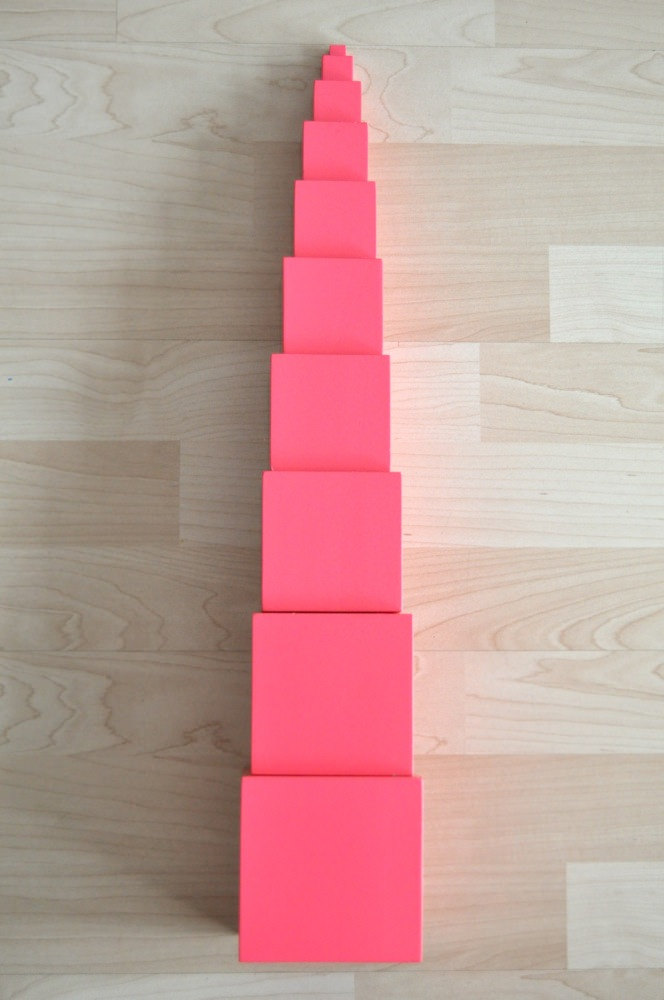Written by Ashwini Aluwihare
In Montessori, children learn to write before they read — a reversal of the traditional approach, but one that follows the child’s natural development.
Maria Montessori wrote in The Absorbent Mind:
"It may be said that we (adults) acquire knowledge by using our minds; but the child absorbs knowledge directly into his psychic life… impressions do not merely enter his mind; they form it."
Language is one of humanity’s most extraordinary abilities. Long before a child can read or write, she/he is already building the foundation for both. From birth — even before — the child is drawn to the human voice. Songs sung during pregnancy can calm a newborn because they are familiar; language is woven into their earliest sense of safety and belonging.
Montessori observed that in the early years, the child’s absorbent mind takes in every sound, tone, and rhythm of speech effortlessly. Through repetition and exposure, these impressions shape the child’s intelligence, not merely fill it.
Sensitive Periods — Nature’s Windows for Learning
Montessori identified sensitive periods — special windows of time when a child is especially receptive to particular skills. Language is among the most powerful. During this time, a child absorbs vocabulary, syntax, and sound patterns with remarkable ease.
Modern science confirms this: neural pathways are strengthened through repeated, meaningful experiences. What is used becomes strong; what is not gradually fades away.
When a young child repeats words, traces shapes, or concentrates on forming letters, you are witnessing the brain at work — life building itself.
Why Writing Comes First
In most traditional education systems, reading is taught before writing. Montessori reversed this order — with remarkable success.
Why? Because writing is a natural expression of thought, while reading is a process of interpretation. Writing begins with the child’s own hands and experiences, allowing them to externalise what is already within — their sounds, ideas, and discoveries — and see them take form.
In the Montessori classroom, this journey begins with sandpaper letters. The child traces each letter while hearing its sound, engaging sight, touch, and hearing all at once. The experience is sensory, physical, and joyful. Slowly, each sound and symbol is absorbed deeply into memory.
Next comes the Moveable alphabet, where the child constructs words before she can even read them. Tamariki know the sounds and symbols — they simply need a way to express them. Tamariki lay out letters to form words they already know by ear, translating speech into visible language.
Then something magical happens. One day, the child reads back what she/he has written — realizing that written words can be understood, not just created. This is the moment of spontaneous reading.
Reading unfolds naturally because the groundwork has been laid through writing.
How to support your child at home
You can gently support this process at home by creating a language-rich, hands-on environment:
Talk, sing, and listen. Engage in real conversations. Use rich language, describe what you’re doing, and listen attentively.
Name the world. Give language to your child’s experiences — the smell of oranges, the sound of rain, the texture of sand.
Encourage practical life. Activities like pouring, transferring, peeling, or buttoning strengthen the small muscles needed for writing.
Provide opportunities for drawing and scribbling. Pencils, chalk, crayons, or brushes are the first tools for pre-writing exploration.
Introduce sound games. Play “I spy” with initial sounds (“I spy something beginning with /m/”) to build phonemic awareness.
Respect repetition. If your child repeats a task or sound, trust that he/she is perfecting a skill.
Read aloud daily. Share books, poems, and songs. Read slowly, with warmth, letting your child see your love for language.
Learning to read and write is not a race but a journey of joyful discovery. When a child moves at their own pace, guided by their inner drive, they experience the true magic of language — the power both to express and to understand.








































